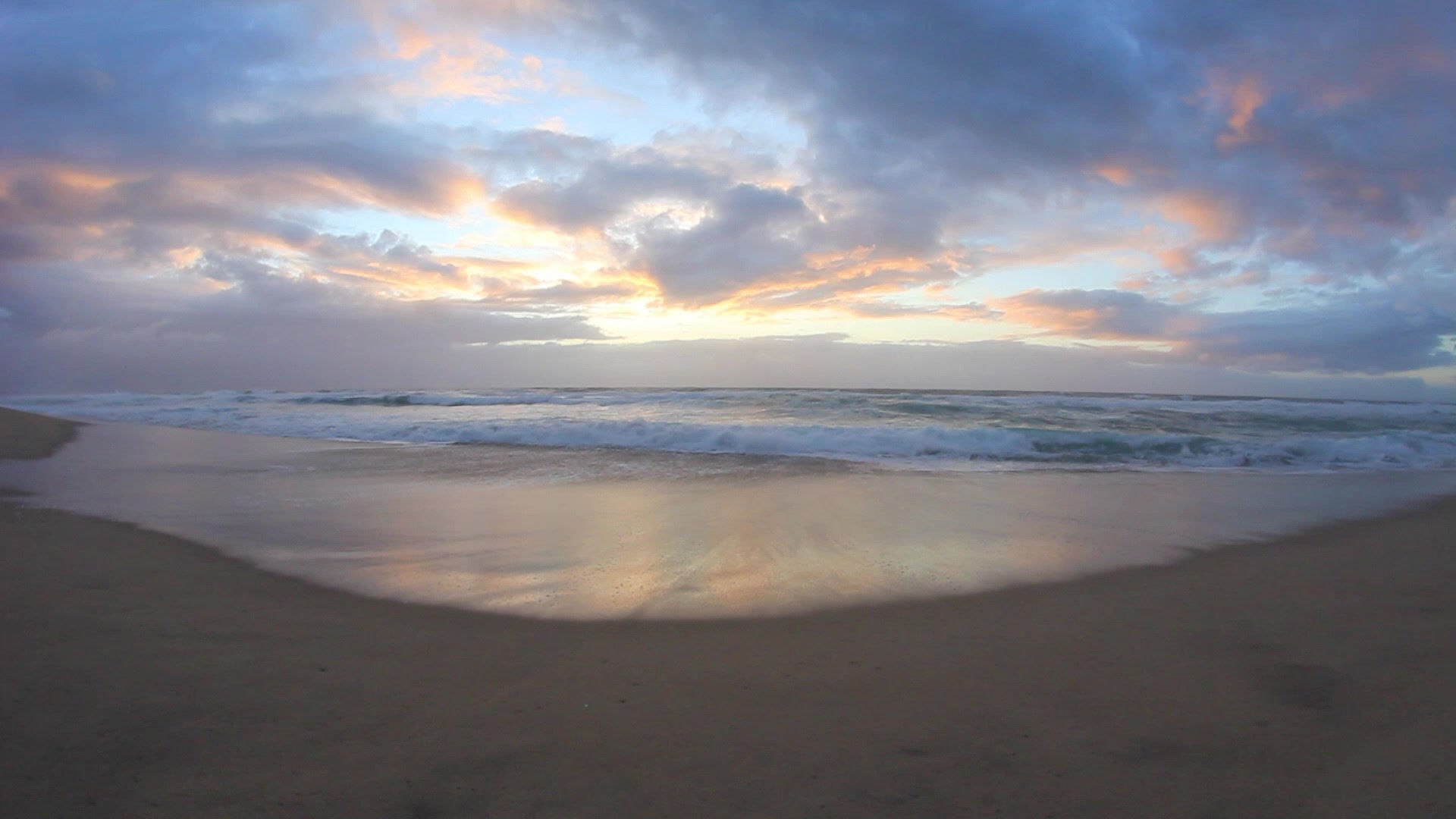top of page

CranioSacral Therapy by Emily Klik, LMT, CST
Gentle bodywork, helping you feel better in your body.
Email: EmilyKlikCst@gmail.com Phone (call or text): 414-688-6522
Coming up:
Starting December 2025, new office location in Whitefish Bay WI!
FREE Anatomy class: Know your Body 101 "The Senses" on 12/09
Upledger "TMJ anatomy, neurology, treatment" study-group 12/14
Possible topics for December 14 2025 Craniosacral study group
Why "possible topics"? Because Emily is taking a vote about what topic to address at the November 9th 2025 study group. To be eligible for this monumental choice, you must be present at the 11/9/25 study group, OR rsvp for the 12/14/25 study group via email or text with your choice by 11/9/25.
Sutherland lesions and the sphenobasilar joint. The sphenoid is the central bone of the cranium, playing a crucial role in cranial structure and function. This study group will focus on identifying and addressing Sutherland lesions, including torsion, side-bending, lateral strain, and compression. We will thoroughly review the anatomy of the sphenoid, its articulation points with other cranial bones, the attachment sites of cranial membranes, and the cranial nerves that pass through the sphenoid. Additionally, we’ll explore the clinical implications and indications for these lesions. The study group will conclude with a review of techniques for releasing these lesions.
Fundamentals of Craniosacral Therapy: Palpating Craniosacral rhythm, Blending and Melding, Unlatching. This study group offers an opportunity to practice palpating the CranioSacral Rhythm (CSR) at the listening stations, as well as in other key structures such as nerves, joints, and organs. We’ll explore the importance of enhancing the techniques of Blending and Melding, focusing on why these skills are crucial for effective CranioSacral Therapy (CST). Finally, we’ll delve into the application of the Unlatching principle across the entire body (e.g. extremities), emphasizing its role in improving therapeutic outcomes.
Compression Triad: Covered in CS1, this refers to a pattern of compression that manifests in three key midline locations, affecting a significant portion of the population and often presenting with discomforting symptoms. In this session, we will explore where this triad pattern typically occurs, the symptoms that may accompany it, and some theories behind its development. We will also discuss the specific CranioSacral techniques that are most effective in addressing this pattern. Additionally, Emily will share some of her modifications to these techniques, designed to enhance body mechanics and improve patient comfort.
Facial bones/ Intra-Oral techniques: In CranioSacral Therapy 2, we focus on assessing and addressing compression in the facial bones—an area where dysfunction can contribute to facial pain, chronic sinus congestion, and even dental discomfort. In this study group, we’ll review how these facial bones move with the CranioSacral Rhythm (CSR), how to assess their motion, and techniques to gently mobilize them. You’ll also learn how to perform these techniques on your own face. Emily will share some of her personal modifications to these techniques, along with the reasoning behind her adjustments to support practitioner ease and client comfort.
bottom of page